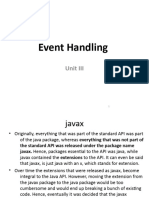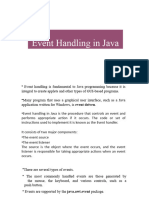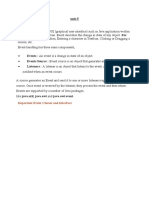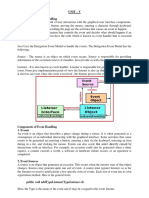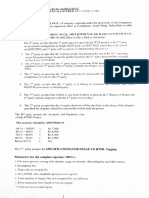0% found this document useful (0 votes)
54 views64 pagesEvent Handling
PPT on event handling || AJP || 22517
Uploaded by
shravanimangave2976Copyright
© © All Rights Reserved
We take content rights seriously. If you suspect this is your content, claim it here.
Available Formats
Download as PPTX, PDF, TXT or read online on Scribd
0% found this document useful (0 votes)
54 views64 pagesEvent Handling
PPT on event handling || AJP || 22517
Uploaded by
shravanimangave2976Copyright
© © All Rights Reserved
We take content rights seriously. If you suspect this is your content, claim it here.
Available Formats
Download as PPTX, PDF, TXT or read online on Scribd
/ 64
